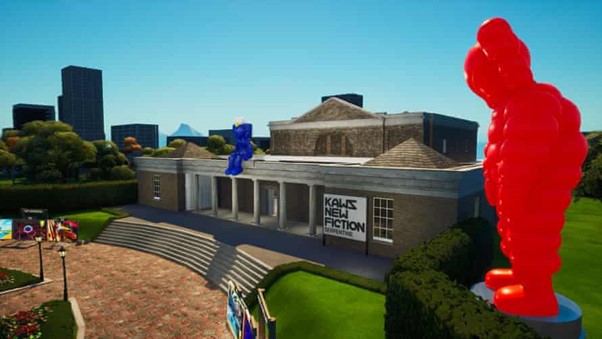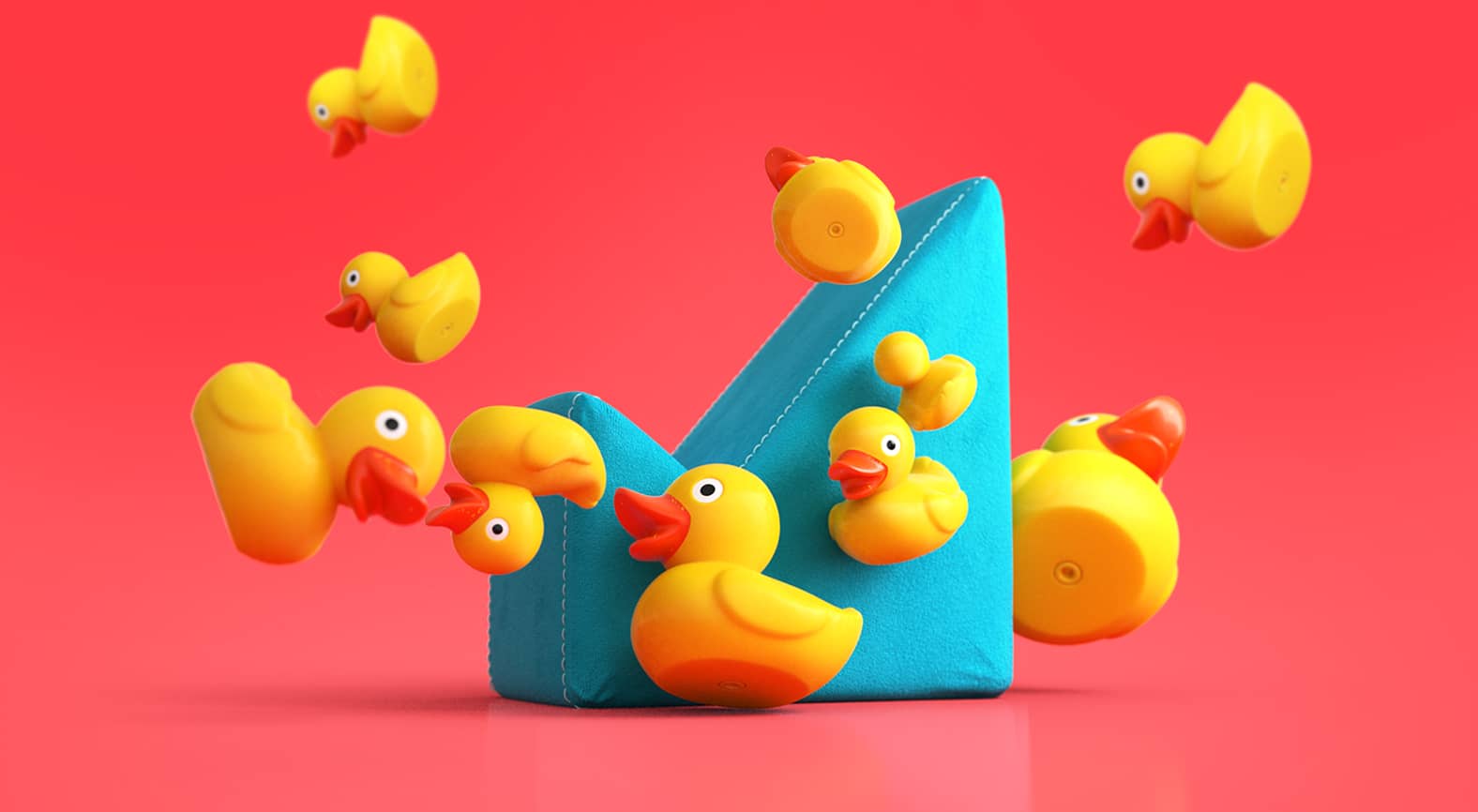The race to shape the metaverse has begun, but how can B2B companies embrace this brave new world?
You might have noticed some noise about ‘the metaverse’ recently. It was approaching inescapable in the mainstream media even before Facebook decided to rebrand as ‘Meta’.
With that announcement came a promise from Mark Zuckerberg to invest billions of dollars into building technologies and platforms for the metaverse because, as it says on the Meta homepage:
The metaverse is the next evolution of social connection.
Or, put more simply, the metaverse is the next iteration of the internet. If we consider previous iterations, the direction of travel is unmistakeable: from occasional, isolated experiences on fixed line connections; to continuous social connection via the mobile internet; to constant virtual presence with family, friends and work colleagues anywhere in the world through the metaverse.
Prototypical forms of the metaverse already exist. Gaming platforms such as Fortnite, Roblox and Minecraft offer virtual universes where users are represented by customisable digital avatars which can collaborate in play or share experiences, like an in-game performance by Ariana Grande or an art exhibition by Kaws.

Kaws’ New Fiction showed at London’s Serpentine Gallery and within Fortnite simultaneously in January 2022.
These platforms have developed their own internal economies where users can purchase digital goods and experiences, and these thriving virtual markets are attracting consumer brands. Vans, Gucci, and Balenciaga have released in-game branded clothing, Coca-Cola has been auctioning loot boxes of branded merch, and Corvette is placing drivable cars in Fortnite.
Every company will be (in the metaverse) at some point.
Tim Sweeney
CEO of Epic Games (publisher of Fortnite)
These brands clearly believe the old adage go where your customers are increasingly refers to the metaverse. And while B2C is blazing the trail into this emerging virtual universe, B2B should also embrace these early opportunities to tell more immersive brand stories.
Here are three areas in which B2B brands can embrace metaverse thinking:
1. Digital experience
In B2B, customer experience is core to conversion, and the metaverse will present opportunities to elevate the customer experience beyond anything previously possible. Think about your dot com homepage – now imagine replacing it in the metaverse.
Do you create a three-dimensional replication of your headquarters, where visitors are welcomed by photorealistic avatars of employees? Or do you transport your visitors to a fantasy setting such as an off-world space station that shows the power of your business? The metaverse will thrive on immersive digital experiences; it’s time to start thinking about what that should be for your brand.
2. Marketing & Campaigns
The metaverse will deliver an explosion of channels to reach new audiences or target specific contacts. In-game advertising is already replicating real world out-of-home tactics, with virtual billboards built into design and parcels of virtual real estate changing hands for thousands of dollars (one choice plot in the Sandbox was sold in November 2021 for $4.3m).
At the bottom of the funnel, brands can offer immersive experiences which enable clients to explore a product’s functionality, engage with a service experience and seamlessly transition to interact with a real sales representative.
In the same way that TikTok advertisers have learned to embrace content that feels more native to the app, collaborations with creators and early adopters will lend a degree of authenticity and access to communities. More than ever, cohesive, strong campaigns will require deliberate, collaborative “building.” Start the conversations early.
3. Brand
All the elements of brand (look, feel, video, tone of voice, behaviour, etc.) will come together in the metaverse in a way that is more integrated than ever. In the same way that the internet brought about “digitally-native branding”, brands will need to embrace new requirements, such as three dimensions and movement, to maintain relevance as the utility of the metaverse grows.
New brands will have a lot to think about; some established brands may need to rebrand to truly embrace the metaverse. Regardless, all planned branding action should now be looking to add metaverse functionality into the brand system.
Closer than it appears
It's important to acknowledge that the metaverse’s evolution remains in early stages. There isn’t even a universally agreed definition for the metaverse yet. Many B2B brands may be content to watch developments and wait for the business case for entering the metaverse to become more established.
But big money is already being invested by brands seeking to mark out their territory. With the hype surrounding the metaverse continuing to grow, brands would do well to talk to their agency partners about how to spot and unlock the opportunities it presents – because the race to shape the metaverse has begun.





